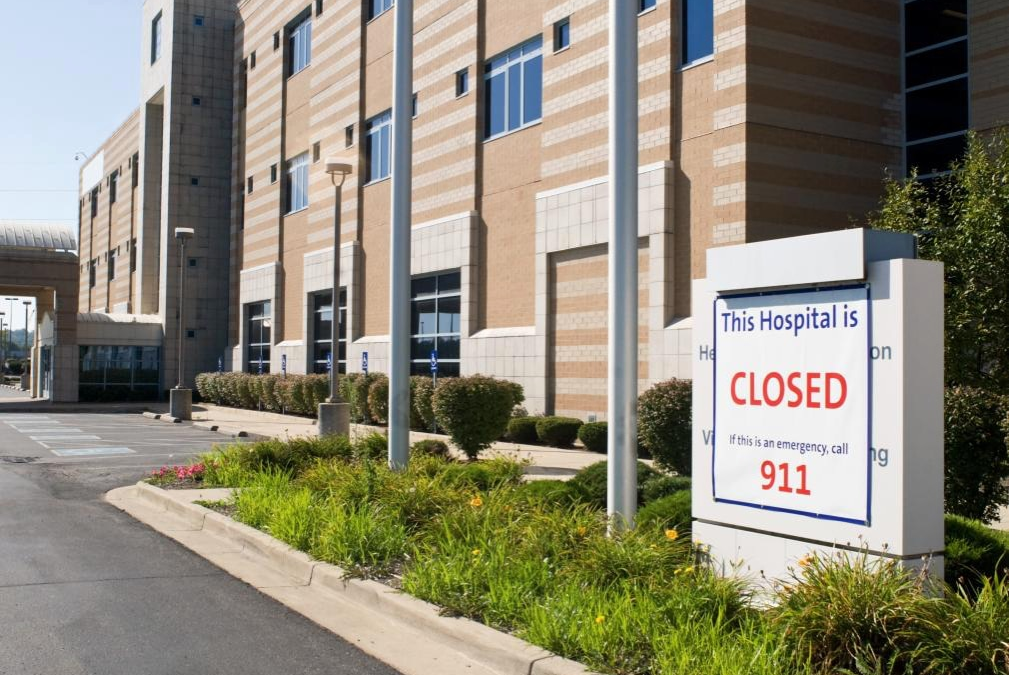The idyllic landscapes and tight-knit communities of the Great Lakes region mask a growing concern – the financial struggles of rural healthcare. These facilities, often the sole source of medical care for miles around, face unique challenges in maintaining financial margins and collecting patient revenue. This article explores the financial struggles of rural healthcare in the Great Lakes region and proposes solutions, including implementing flexible payment policies, up-front collections, and partnering with high-quality collection agencies, to create a more sustainable future.
A Perfect Storm of Financial Adversity
Several factors contribute to the financial strain felt by rural hospitals and clinics in states like Michigan, Wisconsin, Minnesota, Illinois, Indiana, Ohio, and Pennsylvania. A key culprit is the shrinking population in many rural areas. Young generations migrate to urban centers for education and job opportunities, leaving smaller patient pools for rural providers. This equates to fewer patients seeking services, leading to a direct decline in revenue.
The Stranglehold of Costs and Economies of Scale
Rural hospitals often lack the economies of scale enjoyed by their urban counterparts. Negotiating lower prices for medications and equipment proves difficult, putting them at a financial disadvantage. Additionally, attracting and retaining qualified healthcare professionals can be challenging in rural areas, leading to higher staffing costs. This disparity between lower revenue and higher expenses creates a significant burden.
Navigating the Payment Maze: Medicaid, Medicare, and the Uninsured
The reimbursement structure for healthcare services significantly impacts rural hospitals. Many patients rely on Medicaid, a government program providing health insurance to low-income individuals and families. Unfortunately, Medicaid reimbursement rates are often significantly lower than those offered by private insurance companies. This means that even with a full patient load, a rural hospital can struggle to turn a profit if a large portion of its patient base relies on Medicaid.
Medicare, the federal health insurance program for seniors, also plays a role. While Medicare reimbursement rates are generally higher than Medicaid, they have not kept pace with the rising costs of providing healthcare. This leaves rural hospitals with smaller margins on services provided to Medicare patients.
The Uninsured Gap Widens
The issue of uninsured patients further complicates the financial picture. The Great Lakes region has pockets with higher rates of uninsurance compared to national averages. These patients may delay seeking care or be unable to pay for services rendered, ultimately leading to uncollected revenue for rural hospitals.
The Domino Effect: Closures and Reduced Services
The financial strain on rural healthcare has a ripple effect throughout communities. When rural hospitals struggle financially, they may be forced to reduce services, making it harder for residents to access essential healthcare locally. In the worst-case scenario, hospitals may be driven to close, leaving entire communities without a readily available source of medical care. This can have a devastating impact, forcing residents to travel long distances for emergency and routine medical needs.
Building a Stronger Financial Future: Solutions for Rural Healthcare
The challenges facing rural healthcare in the Great Lakes region are complex, but there are solutions. One approach is to increase federal and state funding specifically targeted at supporting rural hospitals. This could take the form of grants, loan forgiveness programs, or higher reimbursement rates for services provided in rural areas.
Telehealth offers another promising solution. By utilizing telecommunication technology, rural hospitals can connect patients with specialists located in urban centers. This can improve access to specialty care for rural residents while reducing the need for them to travel long distances.
Collaboration between rural hospitals and larger healthcare systems can also be beneficial. By working together, they can share resources, negotiate better rates with suppliers, and develop referral networks that benefit both institutions and, most importantly, patients.
Beyond Funding: The Power of Strategic Revenue Collection
While increased funding offers a vital safety net, rural hospitals must also focus on improving their internal revenue collection practices. Implementing a flexible payment policy can be a game-changer. This approach acknowledges the financial realities of many patients and offers them options like payment plans, extended timeframes, and even discounts for upfront payments.
Up-front collections, where possible, can significantly improve cash flow. This could involve collecting co-pays and deductibles at the time of service or requiring pre-payment for specific procedures. However, it’s crucial to balance the need for revenue with patient access to care. Offering financial assistance programs can help ensure all patients receive the services they need.
Partnering with a high-quality collection agency specializing in healthcare revenue recovery can also be beneficial. These agencies understand the intricacies of medical billing and can work diligently to collect unpaid debts while maintaining patient relationships. However, it’s essential to choose a collection agency with a strong ethical code and a commitment to respectful patient interactions.

